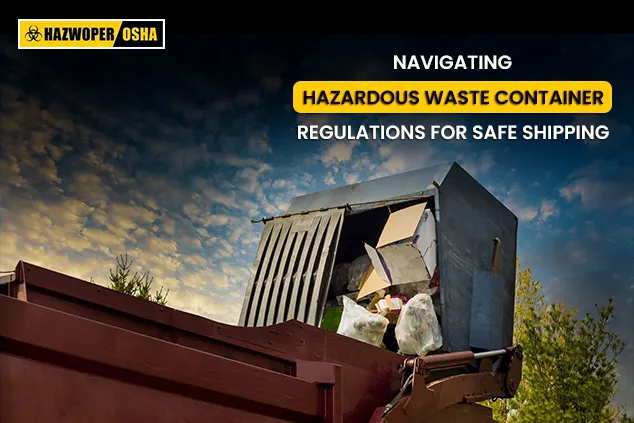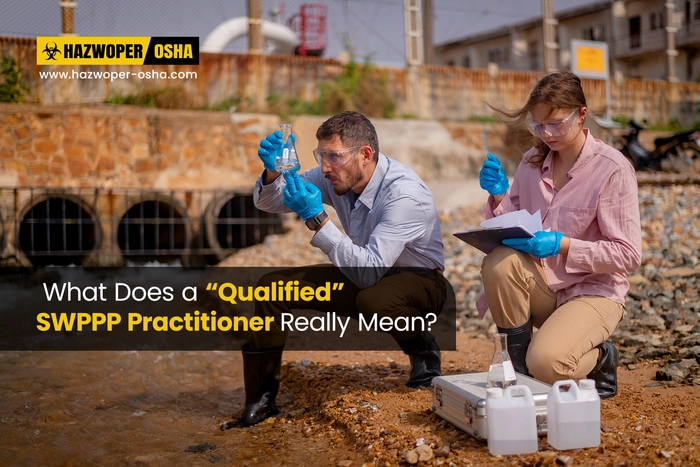Navigating Hazardous Waste Container Regulations for Safe Shipping

When it comes to handling hazardous waste containers in compliance with RCRA (Resource Conservation and Recovery Act) regulations, there's a lot more to consider than you might think. In this blog, we'll delve into the intricacies of emptying a hazardous waste container and ensuring it's fit for safe transportation.
So, you've successfully emptied your hazardous waste container, and there's less than an inch of residue at the bottom. According to the EPA's RCRA hazardous waste regulations, your container is considered empty. But hold on – it's not that simple when it comes to shipping it.
The Department of Transportation (DOT) takes charge of hazardous materials shipping regulations, and now that your container is destined for shipment, it transforms from a mere container into a package. This shift in status comes with its own set of rules and requirements, and we're about to break them down for you.
Hazardous Materials Regulations Under DOT
Under the DOT's Hazardous Materials Regulations (HMR), a package containing any residue of a hazardous material is generally subject to the same requirements as a fully filled package. You can verify this at 49 CFR Part 173.29, paragraph a. This means that, in most cases, when you ship your supposedly empty container, you'll need hazardous materials labels, shipping papers, and placards, just as you would for a full package.
Moreover, employees handling and shipping these containers must undergo up-to-date DOT hazmat training to ensure safe transportation.
When Is a Package Truly Empty According to DOT?
A package that once held a hazardous material is considered truly empty and thus exempt from HMR when it meets one of the following criteria:
- Unused: The package remains unused.
- Sufficiently Cleaned and Purged: It has been thoroughly cleaned and purged of vapors, eliminating any potential hazards.
- Refilled with Non-Hazardous Material: The container has been refilled with a non-hazardous material, neutralizing any remaining hazards.
It's worth noting that the regulations do not provide specific guidelines on how to clean residue or purge vapors from a package. The methods employed will vary based on the container and the material it once held.
There are some exceptions to these rules, particularly for limited quantities and most Division 2.2 non-flammable gases. If you deal with these types of shipments, be sure to consult the relevant regulations for more detailed guidance.
The Critical Takeaway
Remember this: A container can meet the criteria for emptiness according to hazardous waste regulations but still be considered not empty for transportation purposes. Assuming a container is empty and offering it to a carrier without the required labels, shipping papers, or employee training is a violation of the Hazardous Materials Regulations (HMR). This mistake could lead to rejection, delays, or even emergencies during transit.
The maximum civil penalty for hazmat shipping violations can be substantial, reaching about $90,000 per day, per violation, and increasing annually.
A Final Note on Shipping Empty Packages
If your package meets the DOT's criteria for being truly empty, it's essential to remove, cover, or obliterate any hazard labels, markings, or placards that would be visible during transportation. This step ensures that emergency responders can correctly identify the package as containing no regulated hazardous material in the event of an incident, allowing them to respond appropriately.
For comprehensive training and resources to manage compliance with hazardous materials, hazardous waste, and workplace safety regulations, visit HAZWOPER-OSHA.com today. We look forward to sharing more insights with you in our next blog. Until then, stay safe and compliant!

 EN |
EN |  ES
ES
































































































































